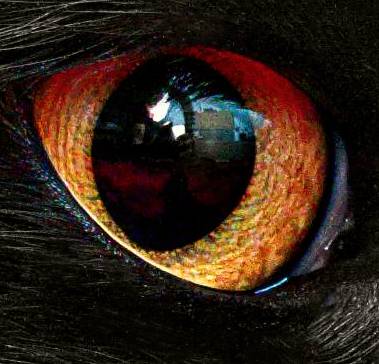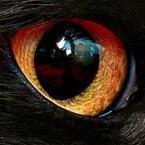-
Posts
8 -
Joined
-
Last visited
Content Type
Profiles
Forums
Articles
Posts posted by Tida
-
-
Here are some information about the new LSH-colorspace which I implemented recently. Please note that you also can use Lab or LSh together with color wheel as you can rotate vectorscope that colors will fall into same place like YCbCr or YUV.
-
Please be informed that OSX version is ready to download at m2port.com
-
2 hours ago, benymypony said:
If you develop in Delphi, since the XE2 you can build OSX app with FireMonkey. I never liked Lazarus very well personally

Never tried FireMonkey, but nice to experience the difference. For me was hardest way to find a procedure for fast read out of screenshot data in OSX. All typical examples only work with older OSX versions. Finally I found a way to just get master monitor readout. Would be happy to find a way for doing 2nd monitor readout as well.
-
2 hours ago, Nikkor said:
Going to try this once I have some free time. Thanks!
Great, hope manual is clear enough to understand how it works...
3 hours ago, bunk said:Cool! Looking forward to the Mac version.
Regarding OSX there are still few crashes and I hope to find issues soon. Use lazarus with free pascal for programming crossplatform.
-
1 hour ago, Tida said:
Furthermore another implementation which I just did regarding Saturation - so called LSh Colorspace. Following article gives a nice explaination about the difference between Chroma and Saturation in CIE-Lab or CIE-LCh.
Derived from LCh Colorspace a new perceptual LSh Colorspace is proposed.
-
Hope you will enjoy following tool which I made in my spare time. It's running now only on Windows platform but soon I will publish it for OSX as well:
catEYE is a pixel picker and color meter which analysis the master screen display of Windows and OSX platforms. Color at different positions can be evaluated in multiple patch mode. It is also possible to track color along a given straight line from the screen in line mode. It is based on CIE-L*a*b, CIE-L*C*H, L+SH, YCbCr, YCH (Rec709) evaluation methods. Color Space data is shown in two dimension as Waveform Monitor and Vectorscope.
You will find it at www.m2port.com
-
Instead of new Movie Flat Picture Mode, has somebody already tested Art 3 Filter – Pale & Light Colour. You can stop it approx. 1.5 times down (preferred first by ISO to get less noise) and would end up with really flat profile.
But in general I don't understand all the discussion about flat profiles especially when it comes to 8-bit cameras. Isn't it better at first to check RGB-Histograms whether scene would fit within boundaries by means of normal profile. I have seen so many examples where people tested Log profiles on low dynamic range scenes and wondered that after post production they achieved no better or worse results. In my opinion only if my scene has a dynamic range where I would have to crash too much, I should switch to flat profiles where I hopefully end up close to the boundaries (RGB 0-255 for 8 bit) again. For 10-bit I could sacrifice more space to the upper and lower boundaries as calculation within color grading software would end up more precise that nothing falls apart when it finally goes back to the 8 bit monitor.
For me, Olympus flat profile is more or less of a compromise where you don't have to choose between normal and log but at least achieve something better in DR.




catEYE: special colorpicker tool
In: Cameras
Posted
Thanks for the report. May I ask you whether you reviewed it on OSX or Windows platform. I will check all your aspects as soon I'm back home from my current business trip. Manual was based on Windows development. For Mac it might have been to early as it doesn't port it 1:1.
It's nice to have such kind of feedback, just to change thinks to make it more user friendly. Thanks a lot again..